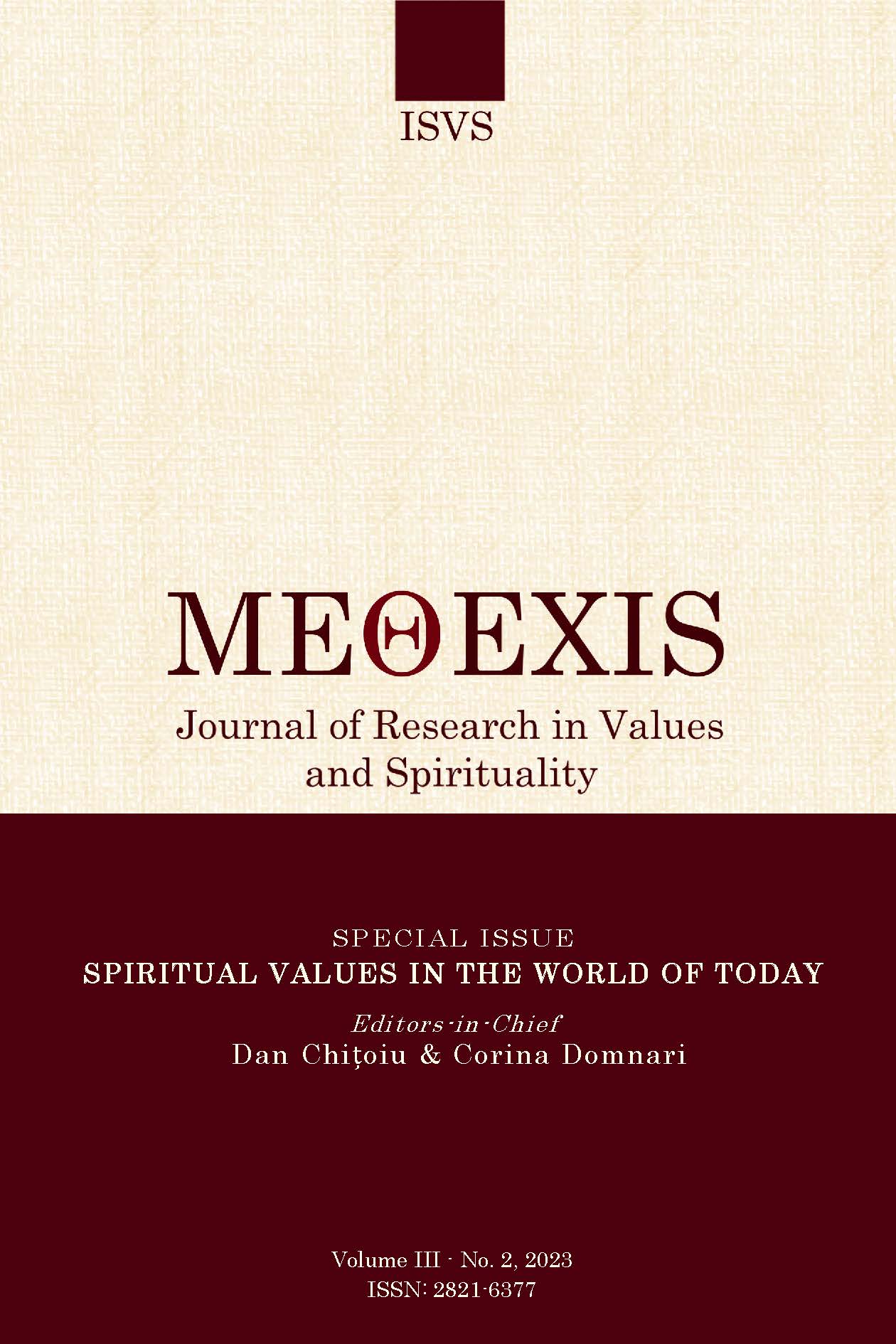Shamanism in XXI Century China: Social Functions and Local Specifics
Shamanism in XXI Century China: Social Functions and Local Specifics
Author(s): Maxim MikhalevSubject(s): Non-European Philosophy, Comparative Studies of Religion, Cultural Anthropology / Ethnology, Sociology of Religion
Published by: Institute for the Study of Values and Spirituality
Keywords: Shamanism; China; Buryat; Religious policy; Social institutions;
Summary/Abstract: This paper elaborates on the phenomenon of shamanism revival in modern China based on the fieldwork data gathered among Shenehen Buryats living in the north-eastern part of the country. It discovers that traditional shamanism that was often labeled as pheudalistic superstition and has been long predicted to vanish, grows in popularity despite the current economic growth and the rise of living standards. Hidden and concealed, it remains an integral part of modern Chinese society as it helps people cope with the challenges of everyday life and pays attention to the needs of an individual that are often ignored by the other institutions. Unlike in the neighboring countries, shamans in China do not venture into the politics and limit their role to that of an individual crisis manager, occupying relatively small, but nevertheless an important niche of “folk healers and psychologists.” The recent growth of popularity of such sort of shamanism proves that modern society lacks this kind of service and modern shamans simply feel this gap. The paper concludes that shamanism is almost impossible to eradicate completely. Even suppressed and ousted, it can mimicry and find refuge at the fringes of social structure, from where it may still address the problems of common people.
Journal: MEΘEXIS Journal of Research in Values and Spirituality
- Issue Year: III/2023
- Issue No: 2
- Page Range: 57-72
- Page Count: 16
- Language: English

